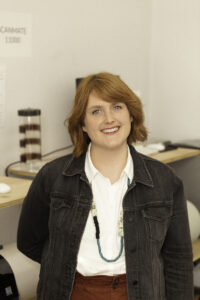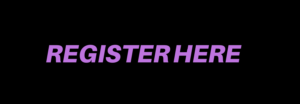Learn how to successfully document your artwork!
In conjunction with our current photo exhibition, ‘The Promised Land’, in partnership with LATITUDE, we’re thrilled to offer a free photo-documentation workshop for artists!
If you’re interested in learning more about documenting your artwork in an exhibition, for web use, or for your portfolio we’ll be working with photographer and LATITUDE Executive Director Collen Keihm! She will cover camera basics, what materials to have on hand, and how to set up a basic digital workflow to successfully document your artwork.

Photo credit: Loren Toney.
Colleen Keihm is the Executive Director at Latitude, a Chicago digital lab with high-end printing and scanning equipment that operates an artist in residence program and organizes arts programming. She received her MFA at the University of Illinois at Chicago and a BS in Photography at Drexel University in Philadelphia. Her work has been exhibited in Chicago at FLXST Contemporary, Flatland, Roman Susan, Filter Photo, and Tiger Strikes Asteroid. She has been an artist in residence at Hatch Projects at the Chicago Artist Coalition, Institut fur alles Mogliche in Berlin, Germany, and Studio 3325 in Chicago.
Her work is a part of the photography collection at the Art Institute of Chicago, the Museum of Contemporary Photography, and she is a proud member of the Midwest Photographers Project. In addition to her role at Latitude, she is an educator in the Photography Department at University of Illinois at Chicago.
![]()




